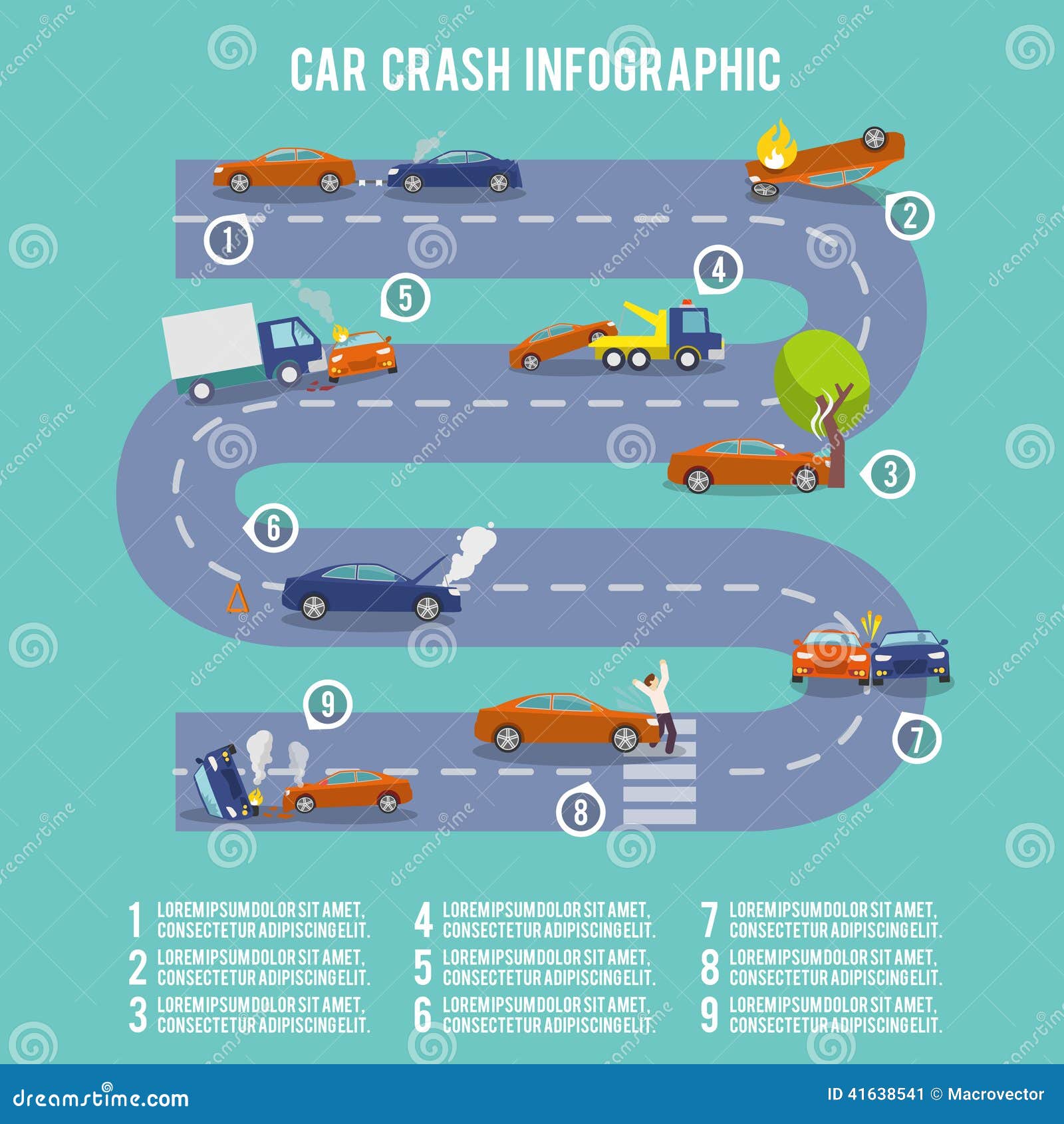Analyzing Your Automobile'S Warning Indicators: What They Truly Convey
Analyzing Your Automobile'S Warning Indicators: What They Truly Convey
Blog Article
Short Article Author-Lauritsen Stark
When you're behind the wheel, those beautiful warning lights on your dashboard can be a little bit bewildering. Do you recognize what they're trying to tell you concerning your auto's health and wellness? Understanding the value of these lights is vital for your safety and the long life of your automobile. So, simply click the up coming site of those lights turns up, would not you want to understand its message precisely and take the required actions to resolve it?
Common Caution Lighting and Interpretations
Determine typical warning lights in your car and understand their definitions to guarantee risk-free driving.
The most common warning lights include the check engine light, which signals problems with the engine or exhausts system. If this light comes on, it's essential to have your automobile examined immediately.
The oil pressure warning light shows low oil pressure, requiring immediate attention to avoid engine damages.
A flashing battery light could suggest a damaged charging system, possibly leaving you stranded if not dealt with.
The tire stress surveillance system (TPMS) light signals you to reduced tire stress, impacting automobile security and gas effectiveness. Ignoring this could bring about hazardous driving problems.
The abdominal muscle light suggests a trouble with the anti-lock stopping system, endangering your ability to stop swiftly in emergencies.
Last but not least, the coolant temperature warning light warns of engine overheating, which can result in severe damage otherwise dealt with quickly.
Recognizing these common warning lights will help you address issues immediately and preserve secure driving problems.
Relevance of Prompt Attention
Recognizing the typical warning lights in your automobile is just the initial step; the significance of promptly addressing these warnings can't be stressed enough to ensure your safety and security when traveling.
When a caution light brightens on your control panel, it's your vehicle's means of connecting a possible issue that needs attention. Ignoring car care detailing can bring about a lot more extreme issues down the road, endangering your security and potentially costing you much more out of commission.
Trigger interest to cautioning lights can prevent break downs and accidents. For instance, a flashing check engine light might suggest a misfire that, if left ignored, might create damages to the catalytic converter. Resolving this without delay can save you from an expensive repair.
Likewise, a brake system advising light may signal reduced brake liquid or worn brake pads, crucial components for your security when driving.
DIY Troubleshooting Tips
If you discover a caution light on your control panel, there are a couple of do it yourself troubleshooting tips you can try prior to seeking professional aid.
simply click the up coming site is to consult your car's guidebook to comprehend what the details warning light shows. Occasionally the problem can be as straightforward as a loose gas cap causing the check engine light. Tightening up the gas cap might fix the issue.
One more typical issue is a low battery, which can set off various alerting lights. Inspecting the battery connections for rust and guaranteeing they're protected may deal with the problem.
If a caution light lingers, you can try resetting it by separating the automobile's battery for a couple of mins and afterwards reconnecting it. In addition, inspecting your automobile's fluid levels, such as oil, coolant, and brake fluid, can aid troubleshoot cautioning lights associated with these systems.
Conclusion
To conclude, recognizing your auto's warning lights is crucial for keeping your car running smoothly and securely. By without delay addressing these notifies and understanding what they imply, you can avoid expensive repair services and possible break downs.
Remember to consult your car's guidebook for specific details on each cautioning light and do something about it as necessary to ensure a trouble-free driving experience.
Remain notified, stay safe when driving!
